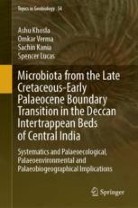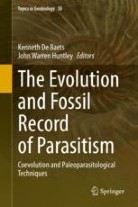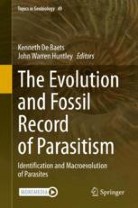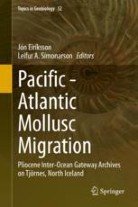Microbiota from the Late Cretaceous-Early Palaeocene Boundary Transition in the Deccan Intertrappean Beds of Central India
Systematics and Palaeoecological, Palaeoenvironmental and Palaeobiogeographical Implications


Book series
Geobiology remains a vibrant as well as a rapidly advancing and dynamic field. Given this field’s multidiscipline nature, it treats a broad spectrum of geologic, biologic, and geochemical themes all focused on documenting and understanding the fossil record and what it reveals about the evolutionary history of life. The Topics in Geobiology series was initiated to delve into how these numerous facets have influenced and controlled life on Earth.
Recent volumes have showcased specific taxonomic groups, major themes in the discipline, as well as approaches to improving our understanding of how life has evolved.
Taxonomic volumes focus on the biology and paleobiology of organisms – their ecology and mode of life – and, in addition, the fossil record – their phylogeny and evolutionary patterns – as well as their distribution in time and space.
Theme-based volumes, such as predator-prey relationships, biomineralization, paleobiogeography, and approaches to high-resolution stratigraphy, cover specific topics and how important elements are manifested in a wide range of organisms and how those dynamics have changed through the evolutionary history of life.
Comments or suggestions for future volumes are welcomed.
Corinne Myers, Earth & Planetary Sciences, The University of New Mexico, Albuquerque, NM, USASystematics and Palaeoecological, Palaeoenvironmental and Palaeobiogeographical Implications
Available Renditions

Coevolution and Paleoparasitological Techniques
Available Renditions

Available Renditions

Identification and Macroevolution of Parasites
Available Renditions

Pliocene Inter-Ocean Gateway Archives on Tjörnes, North Iceland
Available Renditions
